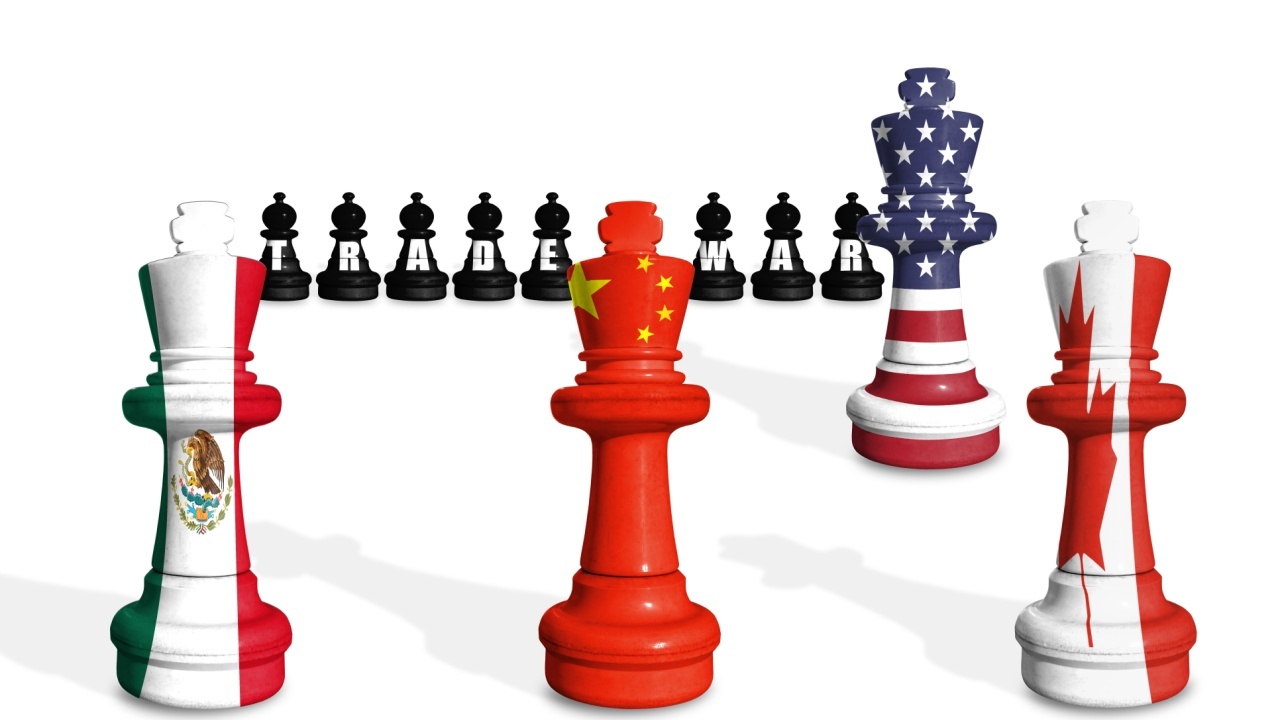Trump's recent tariffs kicked off the largest liquidations in crypto history in absolute terms—though not as a percentage of total market cap, which is an important distinction. Early reports suggested these liquidations exceeded $2 billion, but Ben Zhou, CEO and co-founder of the centralized exchange Bybit, posted on X that he believed the figure was between $8 billion and $10 billion. Zhou supported his estimate by pointing out that "Bybit 24hr liquidation alone was $2.1B."
This past week demonstrates just how much President Trump's actions can drive markets—particularly crypto. When I wrote several weeks ago that Trump is crypto's kingmaker, I didn't fully appreciate the direct and immediate effect he would have on crypto asset markets. Once the tariff news came out, I wasn't certain how long his tariff push would last. I wish I had seen this post from Wall Street Journal writer, and "Fed whisperer," Nick Timiraos, who highlighted Treasury Secretary Scott Bessent's perspective on tariffs:
One year ago (almost to the day), Scott Bessent wrote to his investors: "Tariffs are inflationary and would strengthen the dollar—hardly a good starting point for a US industrial renaissance."
"The tariff gun will always be loaded and on the table but rarely discharged."
Traditional markets sniffed out what I didn't. Upon opening Monday morning, traditional markets fell, but not in the panicked fashion as crypto. This was yet another showcase for crypto being the weekend futures market for traditional markets since there isn't any other way for traditional market participants to express themselves on weekends.
By Monday both Mexico and Canada had agreed to work with the U.S. on border security, and Trump delayed the imposition of tariffs. China has indicated retaliatory tariffs, but they appear to be largely symbolic. Despite the specter of tariffs seeming to abate, crypto markets have continued to trend lower.
I think there are three reasons contributing to this. First, since the crash wasn't particularly spectacular in crypto-terms, some are worried about the potential for more downside. I've seen many people predicting that we might grind lower to test the lows from the initial crash.
Second, people are wary that Trump tariff news might not be over. Even though U.S.-Mexico and U.S.-Canada tensions have subsided somewhat, the U.S.-China tariff situation remains unresolved. Moreover, there's always the possibility that Trump could turn his focus elsewhere, such as Europe, reigniting tariff fears.
Finally, crypto markets have been exceptionally volatile, and many participants are simply worn out. The past three weeks have required significant time and energy to monitor, causing some to opt out for the moment. I count myself among those feeling fatigued!
Still, this is precisely the time to start making a list of potential things to buy. If you have the appetite for alts, it might be time to start nibbling. They have been absolutely brutalized. However, like I wrote last week, it's great to just stay in Bitcoin to avoid much of the volatility. Doing so worked wonders this past week.
Let's end on some positive news. Blockchain analytics show bitcoin and ethereum reserves on centralized exchanges have plunged since late January, reaching multi-year lows. This is a very bullish sign, because it indicates people are accumulating, as opposed to selling. When this reverses (i.e., flows to centralized exchanges start ramping up), become cautious, but for the time being steady lads.
-David Sencil




0 Comments